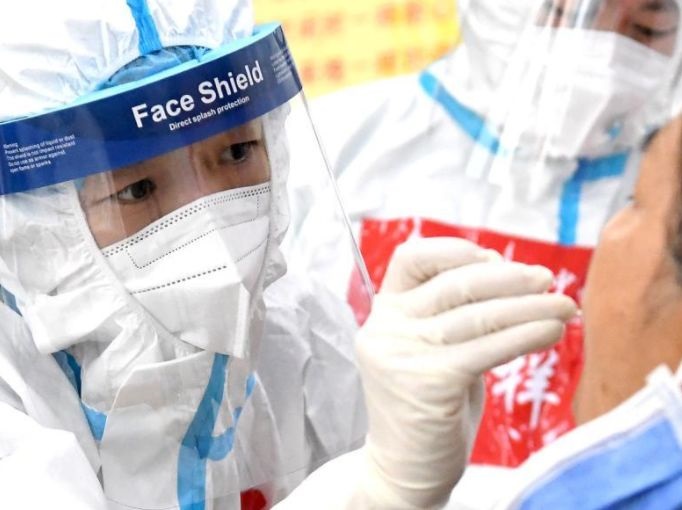
¿Qué es un falso negativo de COVID-19?? Significa que el resultado de una determinada prueba debería ser realmente positivo., pero el resultado es negativo por motivos como el funcionamiento, equipo, características físicas personales, etc..
Se obtuvieron resultados positivos después de repetidas pruebas negativas., throat swab samples were negative for multiple tests but finally positive results were detected in respiratory lavage fluid samples, nucleic acid tests were negative but CT imaging screening showed the characteristics of new coronavirus pneumonia.
A sample that should have been positive actually tested negative.
Asi que, what causes a false-negative nucleic acid test for COVID-19?
• The problem of low viral load
The impact of sampling period: in the early stage of infection, after the patient gradually recovers, and patients with intermittent detoxification carry a low viral load, which may cause “falsos negativos” in the test.
The influence of sampling site: líquido de lavado broncoalveolar, deep sputum > hisopo nasal > pharyngeal swab The sampling depth and intensity all affect the viral load.
• Problems with detection reagents
The efficiency and purity of nucleic acid extraction, differences in the sensitivity of in vitro diagnostic reagents, and virus variability.
• Other reasons
The operation is not standardized enough, and the clinical laboratory is not standardized enough.
How to deal with “falsos negativos” in laboratory tests
1. The patient’s disease course
During different disease stages, the viral load in the patient’s body varies. Esto podría deberse a una infección asintomática., in the early stage of infection, the patient’s own viral load is low, which may result in a “falso negativo” prueba.
After the patient gradually recovered, the viral load gradually decreased, and the positive rate of nucleic acid test decreased accordingly. Faced with this situation, it is recommended to carry out multiple nucleic acid tests at different times, conduct regular nucleic acid tests for key populations, and make clinical observations and data summaries.
2. Sampling site
The collection of bronchoalveolar lavage fluid and deep sputum is better than nasopharyngeal swab, and the collection of hisopo nasal is better than hisopo orofaríngeo. In order to ensure the accuracy of the results, it is recommended to use the nasopharyngeal + oropharyngeal swab method, eso es, to collect nasopharyngeal and oropharyngeal swabs at the same time for testing.
3. Sampling accuracy
The depth and intensity of the sampling should be sufficient. For the collection of nasopharyngeal and oropharyngeal swabs, it is necessary to obtain the deeper epithelial cells in order to detect the presence of the virus.
4. Detection of kit quality differences
There are some differences in the quality of test kits today. With joint efforts and continuous optimization and progress of technology, it will gradually improve. False negatives or false positives caused by reagent problems can be replaced by reagents without batch numbers or manufacturers for comparative testing.
5. Other methods
Suspected cases with a negative nucleic acid test for the new coronavirus can be tested for IgM antibodies as an indicator for supplementary diagnosis. (The new coronavirus IgG antibody test is also used to determine whether you have been infected)

















